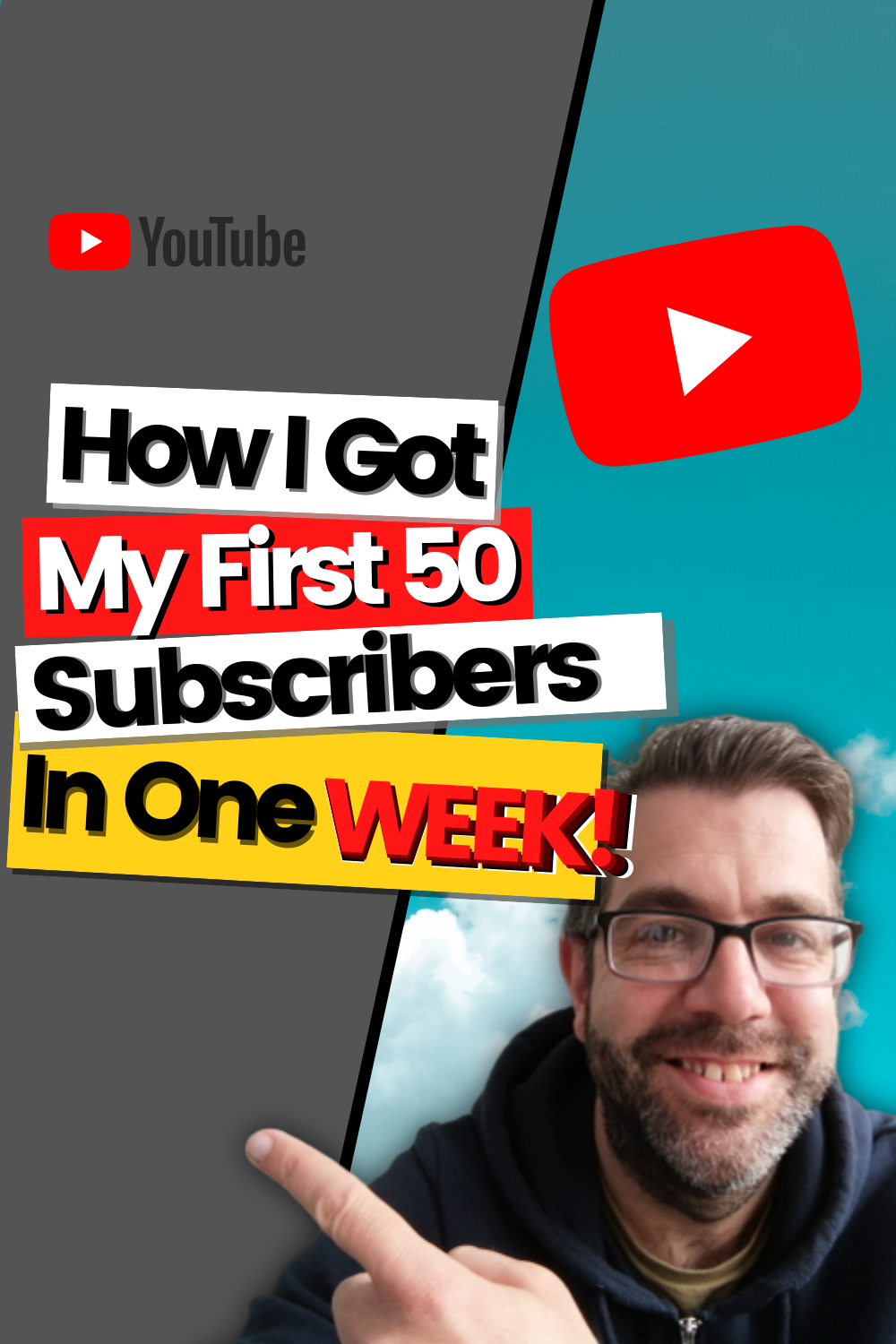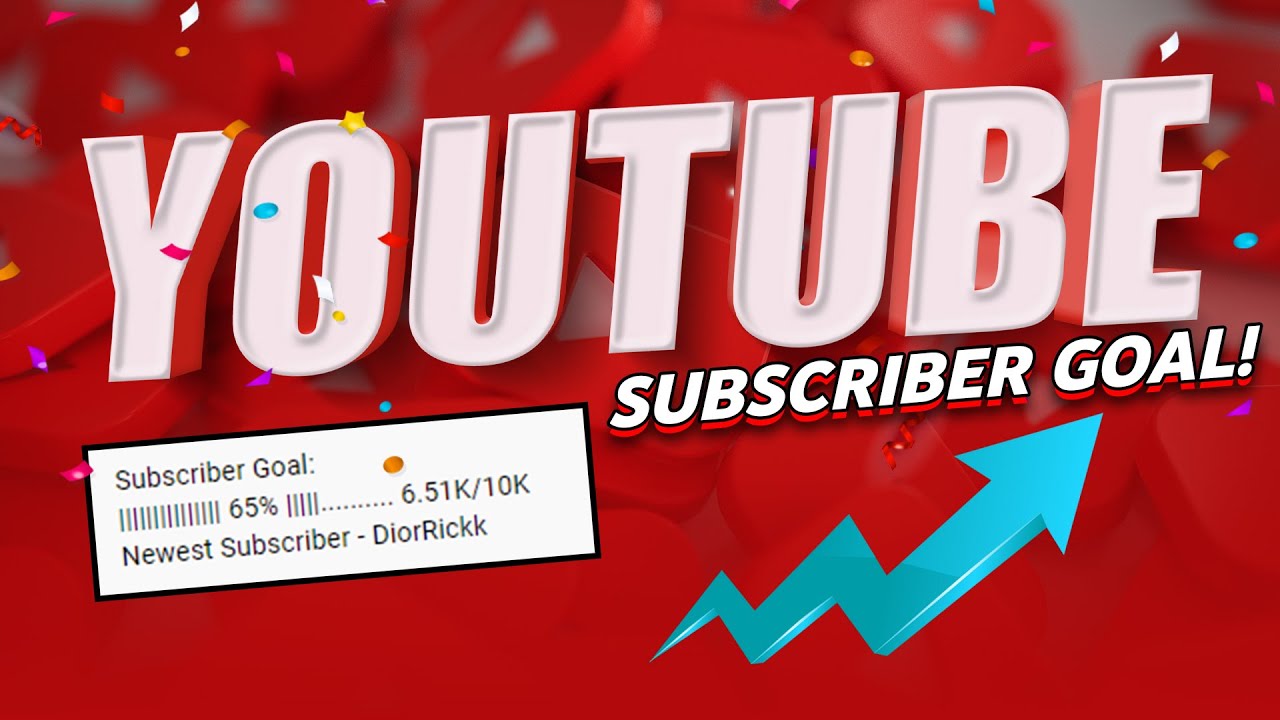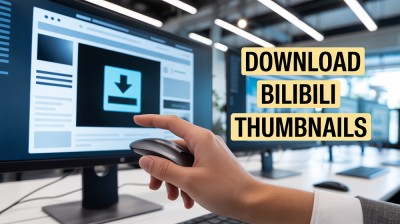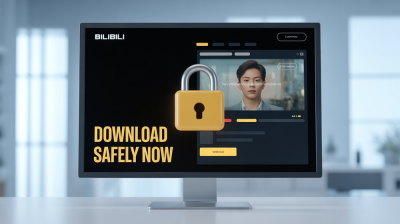Going live on YouTube can be an exhilarating experience! Whether you’re sharing gameplay, hosting a Q&A, or showcasing your creative process, live streaming lets you connect with your audience in real-time. But what does it take to go live when you’ve just hit 50 subscribers? Let’s dive into the essentials and get you ready to broadcast your first stream!
Understanding YouTube's Subscriber Requirements

So, you’ve reached the magical number of 50 subscribers—congratulations! This milestone is significant, especially if you’re eager to jump into live streaming. But how does it fit into YouTube’s requirements? Let’s break it down:
- Eligibility for Live Streaming: To go live on your channel, you need to have at least 50 subscribers. This is the first hurdle to clear, and it shows YouTube that you have a budding community.
- Account Verification: You must also verify your account. This process involves linking a phone number to your YouTube account. Once verified, you gain access to live streaming and other features.
- Community Guidelines: Ensure you’re familiar with YouTube’s community guidelines and copyright rules. If your content violates these, you could lose your live streaming privileges.
- Live Streaming Location: You can stream from a mobile device once you have 1,000 subscribers. However, with just 50 subscribers, you can use a desktop or laptop to stream using streaming software like OBS or YouTube Live.
Here’s a quick comparison of the different requirements based on subscriber counts:
| Subscriber Count | Live Streaming Eligibility | Mobile Streaming |
|---|---|---|
| Under 50 | No | No |
| 50 | Yes | No |
| 1,000+ | Yes | Yes |
Once you’ve met these requirements, you’re ready to create engaging content for your audience. Remember, live streaming is not just about broadcasting; it’s about interaction. Use this opportunity to engage with your viewers, answer their questions, and make them feel a part of your journey. Happy streaming!
Also Read This: How to Embed a YouTube Video in an Email: A Step-by-Step Guide
3. How to Enable Live Streaming on Your Channel

So, you’ve got your 50 subscribers, and now you’re ready to take the plunge into live streaming on YouTube! Exciting, right? But before you hit that “Go Live” button, let’s make sure you’re all set up. Here’s how to enable live streaming on your channel:
- Sign into Your YouTube Account: First things first, ensure you’re logged into the YouTube account that you want to enable live streaming for.
- Access YouTube Studio: Click on your profile icon in the top right corner, and select “YouTube Studio” from the dropdown menu.
- Settings: On the left sidebar, look for the “Settings” gear icon and click on it.
- Channel Settings: In the settings window, click on the “Channel” tab, and then select “Feature eligibility.” Here, you’ll find the “Live streaming” option. If you haven’t already done so, you’ll need to verify your account through a mobile number.
- Enable Live Streaming: Once your account is verified, you can toggle on the live streaming feature. You might need to wait up to 24 hours for this feature to be fully activated.
And voila! You’re officially ready to live stream. However, before you jump in, consider doing a few test runs. You can set your stream to “private” or “unlisted” to practice without going public. This way, you can familiarize yourself with the tools and ensure everything runs smoothly when it’s time for your first live show!
Also Read This: Uploading Videos from Facebook to YouTube: A Complete How-To Guide
4. Technical Requirements for Live Streaming

Now that you know how to enable live streaming, let’s talk about the technical requirements. You want your live streams to look and sound great, right? Here’s a breakdown of what you’ll need:
1. Hardware Requirements
- Camera: You can use a webcam, DSLR, or even your smartphone. Ensure it has good video quality.
- Microphone: A good microphone can make a world of difference. Consider using an external mic for clearer audio.
- Computer or Mobile Device: While you can use a phone, a computer typically offers more stability and options for software.
2. Internet Connection
Your internet connection is crucial for a smooth streaming experience. Here’s what to keep in mind:
- Upload Speed: Aim for at least 3 Mbps for SD streaming and 5 Mbps or higher for HD streaming.
- Wired Connection: Whenever possible, use a wired Ethernet connection instead of Wi-Fi for better stability.
3. Software Requirements
Depending on your streaming setup, you might need software to manage your stream:
- Streaming Software: OBS Studio, Streamlabs OBS, or XSplit are popular choices for managing your live stream.
- Browser: If you’re streaming directly from YouTube, make sure you’re using a supported browser like Chrome or Firefox.
By ensuring you have the right equipment and connection, you’ll be well on your way to delivering an engaging live streaming experience on YouTube! Happy streaming!
Also Read This: Did Clare Siobhan Quit YouTube? Investigating the Popular YouTuber’s Status
5. Tips for Engaging Your Audience During Live Streams
Going live on YouTube can be exhilarating, especially with your first 50 subscribers tuning in. But how do you keep them engaged throughout your stream? Here are some actionable tips to help you create a lively and interactive experience:
- Start with a Hook: Grab your audience's attention right away! Begin with an intriguing question or a surprising fact related to your stream's topic. This sets the tone and encourages viewers to stick around.
- Use Interactive Tools: Leverage YouTube's built-in features like polls and live chat. Ask your viewers questions and encourage them to respond in real time. For instance, if you're discussing gaming, ask, "What's your favorite game of the year so far?"
- Make it Personal: Share anecdotes or experiences that relate to your topic. This personal touch not only connects you with your audience but also makes your content more relatable. People love to hear stories!
- Encourage Comments: Prompt viewers to leave comments and questions in the chat. A simple, “What do you think about this?” keeps the conversation flowing. Don’t forget to acknowledge their responses to make them feel valued.
- Use Visuals: Incorporate visuals like slides or videos to complement your discussion. For example, if you're doing a cooking stream, show step-by-step images of your dish being prepared. This keeps viewers visually engaged.
- Host Giveaways: Everyone loves freebies! Consider giveaways or contests during your stream to incentivize participation. Just ensure it's relevant to your content; for instance, a gaming accessory for a gaming stream.
- Stay Authentic: Be yourself! Authenticity resonates with viewers. If you make a mistake, laugh it off. Your audience is there to connect with the real you, not a scripted version.
By implementing these tips, you’ll create a more engaging environment that keeps your audience coming back for more. Remember, the goal is to foster a community where viewers feel included and eager to share their thoughts!
6. Common Challenges and How to Overcome Them
Live streaming on YouTube, especially with a smaller subscriber base, can come with its fair share of challenges. Don’t worry; we’ve all been there! Here are some common hurdles you might face and practical solutions to navigate them:
- Technical Difficulties: Connection issues or software glitches can disrupt your stream. To combat this, test your equipment and internet connection beforehand. Have a backup plan, like using a mobile hotspot, in case your primary connection fails.
- Low Viewer Engagement: If your audience isn't interacting, it can be disheartening. To boost engagement, directly ask questions and invite viewers to share their thoughts. You might also consider scheduling specific Q&A segments to encourage participation.
- Feeling Overwhelmed: It’s natural to feel nervous! Prepare a script or outline to guide your stream. Practicing beforehand can help you feel more confident and organized. Remember, it’s okay to take pauses and breathe.
- Negative Comments: Encountering trolls or negativity is unfortunate but common. Stay calm and don't engage with negative remarks. Instead, focus on the positive comments and build a supportive community. Consider moderating your chat to filter out harmful comments.
- Content Flow Issues: Sometimes, you might struggle with maintaining a good flow. To counter this, segment your stream into clear parts: introduction, main content, and conclusion. This structure helps keep your thoughts organized and your viewers attentive.
Remember, each challenge is an opportunity for growth. Embrace the learning process, and don't hesitate to ask for feedback from your viewers. They can provide valuable insights that help you improve future streams!
 admin
admin








